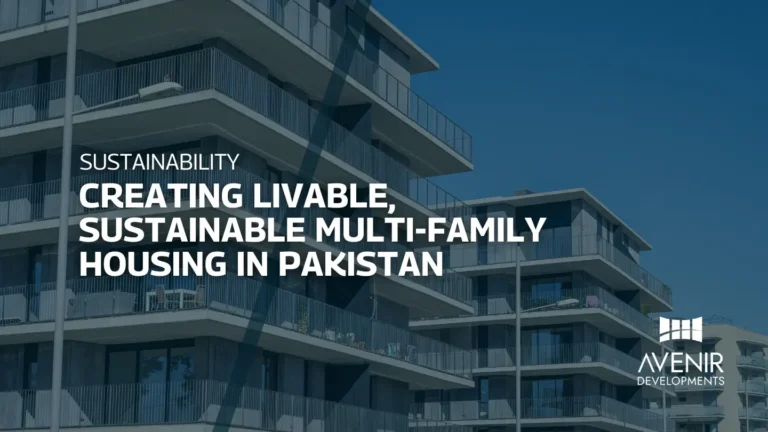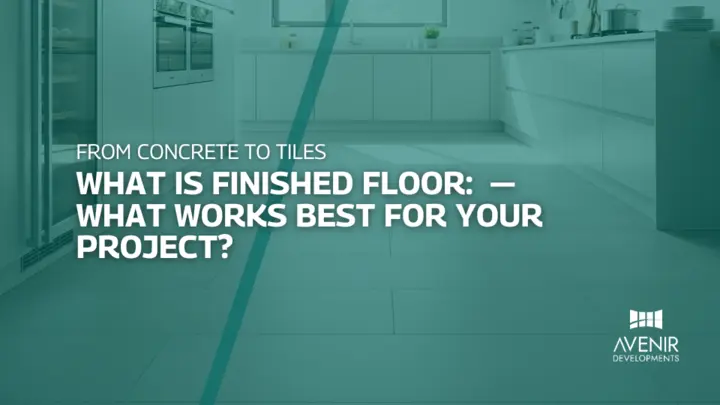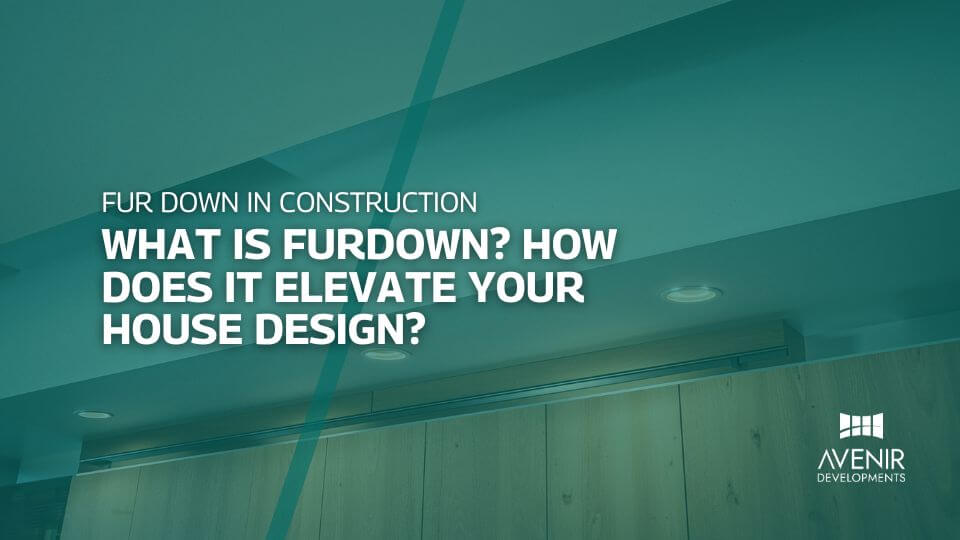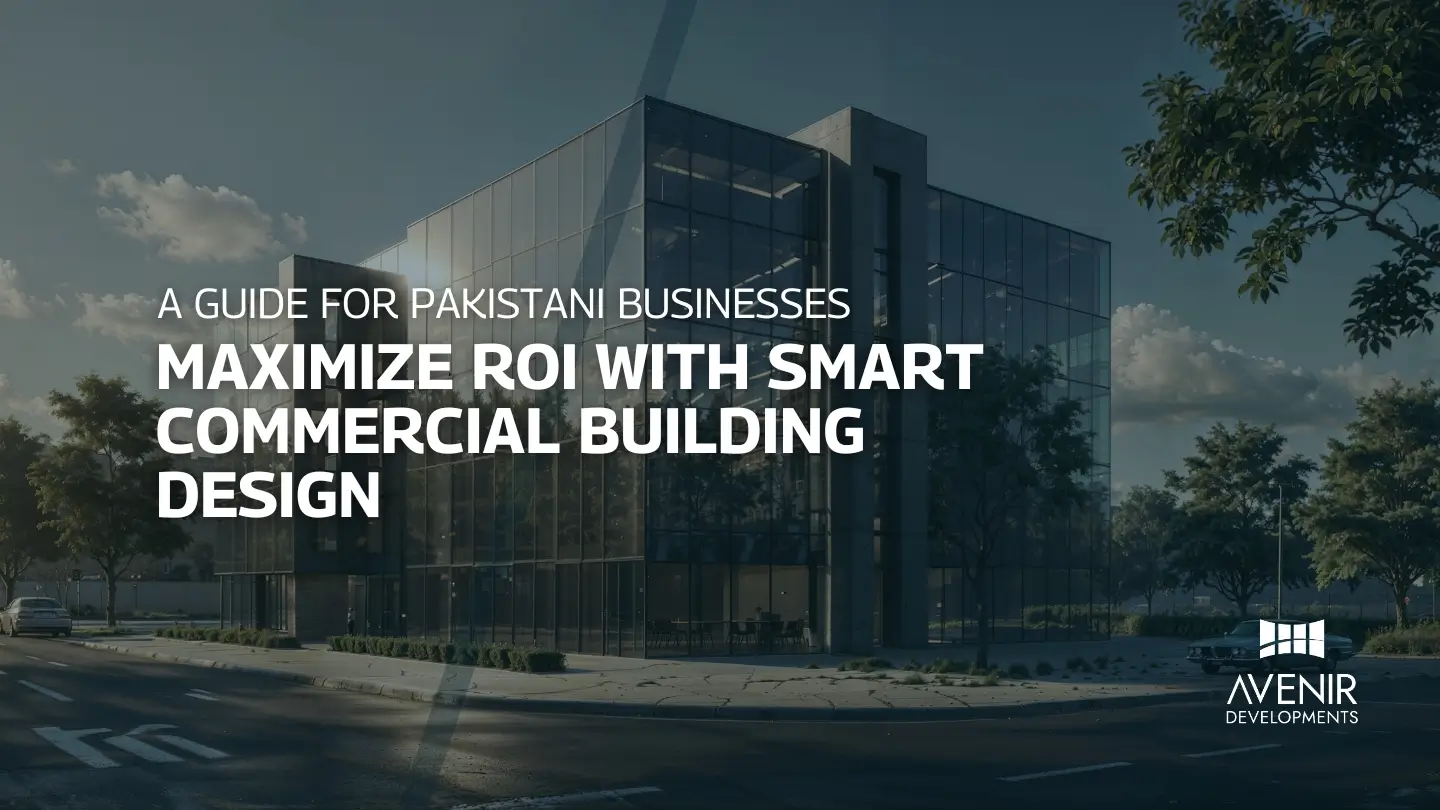Pakistan’s cities are growing rapidly. This growth fuels a high demand for housing. Multi-family housing, like apartments and flats, offers a practical solution. These homes are more affordable than traditional houses. They also use land more efficiently. This shift towards vertical living is changing our cities. New projects now focus on modern design, smart technology, and community amenities. For investors, this market shows strong rental yields and potential for growth. For residents, it means a new way of life in the heart of the city.
Multi-Family Housing in Pakistan
The urban landscape of Pakistan is undergoing a significant shift. The traditional preference for large, single-family homes is gradually making way for a more compact and community-oriented lifestyle. This change is most visible in the rising popularity of Multi-Family Housing Pakistan. From the bustling streets of Karachi to the planned avenues of Islamabad, a new wave of residential towers and apartment complexes is reshaping the skyline and the way Pakistanis live.
For plot owners and aspiring homeowners in Lahore and Islamabad, understanding this trend is crucial. This is not just about building or buying a property. It is about recognizing a fundamental change in urban living. The demand for Apartments Pakistan and Flats Pakistan is not a fleeting trend. It is a direct response to the country’s evolving demographics, economic realities, and lifestyle aspirations. This guide provides a comprehensive overview of the multi-family housing sector, offering insights for developers, investors, and residents alike.
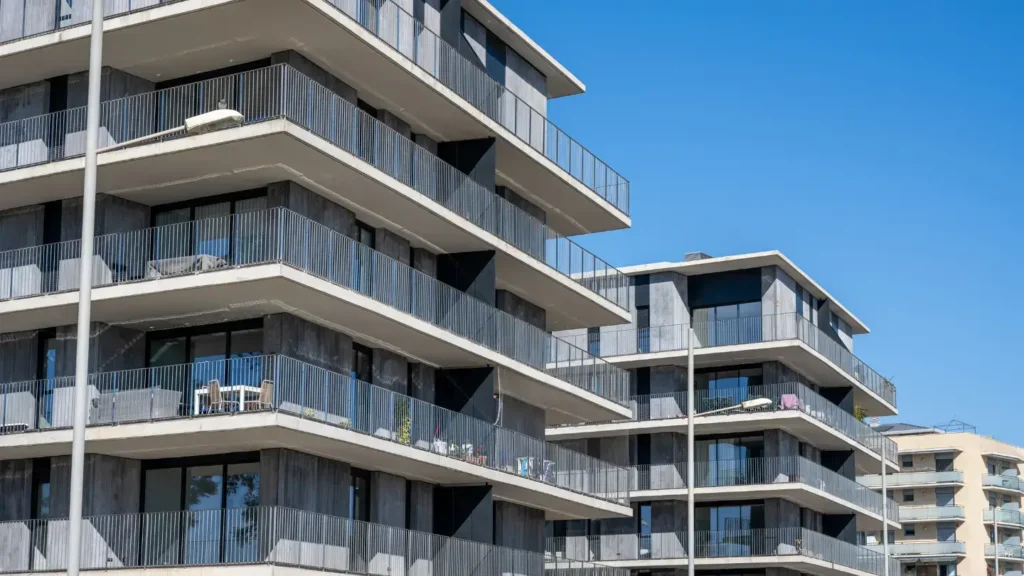
The Pakistani Market Pulse: Supply, Demand, and Affordability
Understanding the multi-family housing market requires a close look at the numbers and the people behind them. The picture they paint is clear: a market shaped by necessity, opportunity, and a desire for a new kind of urban life.
Demand and Supply Dynamics
Pakistan faces a significant housing deficit, estimated at over 10 million units. This gap is most acute in urban centers like Karachi, Lahore, and Islamabad, where the population grows by over 2% each year. This relentless urban migration puts immense pressure on housing infrastructure.
- Growing Demand: The demand for housing is not just about numbers. It is also about the type of housing people want. Smaller, nuclear families are becoming more common, creating a need for smaller, more manageable living spaces. This is a key driver for the 1 Bed Apartment for Sale in Islamabad and 2 Bed Apartment for Sale in Islamabad market segments.
- Supply Response: Developers are responding to this demand. The supply of apartments and residential towers in planned communities like DHA and Bahria Town in Lahore and Islamabad is increasing. This vertical growth is a necessary step towards sustainable Housing Development Pakistan.
The Affordability Equation
For many, owning a home in a major city seems like a distant dream. The rising cost of land and construction has pushed single-family homes out of reach for a large portion of the population. This is where multi-family housing presents a viable solution.
- Accessible Entry Point: Apartments offer a more affordable entry into the property market. The lower initial investment makes them an attractive option for first-time homebuyers and young professionals. This is a crucial aspect of Affordable Housing Pakistan.
- Value Proposition: Beyond the lower price point, multi-family units offer value through shared amenities like security, maintenance, and recreational facilities. This provides a quality of life that might be too expensive to achieve in a standalone house.
Investment Snapshot: What the Numbers Say
The Real Estate Pakistan market, particularly the multi-family sector, presents a compelling case for investors. The returns are not just theoretical; they are backed by strong market data.
- Rental Yields: The national average rental yield for apartments hovers around 6.24%. In major cities, the returns are even more attractive. Islamabad leads with an impressive rental yield of 6.75%, while Karachi offers a solid 6.21%. These figures make a strong case for Property Investment Pakistan.
- Property Returns: The value of smaller properties has shown consistent growth. In recent years, 5-marla plots and smaller houses have often outperformed larger properties in terms of price appreciation, reflecting the broader market shift towards smaller, more efficient living spaces.
Multi Family Housing: Drivers, Hurdles, and The Path Forward
The growth of multi-family housing is driven by powerful socio-economic forces. Yet, the path to development is not without its challenges. Understanding both sides of this equation is key to making informed decisions in the Real Estate Pakistan market.
Forces Shaping Urban Living
Several factors are converging to push the demand for vertical living. These are not temporary shifts but long-term trends reshaping our cities.
| Key Demand Driver | Impact on Multi-Family Housing |
| Rapid Urbanization | An estimated 50% of Pakistan’s population will live in cities by 2025, creating a concentrated demand for housing in urban centers. |
| Population Growth | The country’s growing population requires a faster and more efficient model of housing development than traditional single-family homes. |
| Changing Family Structures | The rise of smaller, nuclear families means a greater need for 1-bed and 2-bed apartments, as large homes are no longer practical for many. |
| Foreign Remittances | A significant portion of remittances from overseas Pakistanis is invested in real estate, often in secure, managed apartment projects. |
Navigating the Challenges
Despite the clear demand, developers and buyers face several roadblocks. These hurdles can slow down projects and increase costs, affecting the pace of Housing Development Pakistan.
- Rising Construction Costs: The cost of essential materials like steel and cement has seen a sharp increase, directly impacting the final price of apartments.
- Land Scarcity and Titling: In prime urban locations, suitable land is scarce and expensive. Furthermore, the lack of a formalized, digital land titling system can create legal complications and deter investment.
- Regulatory Hurdles: The process of getting project approvals can be long and complex. While laws like the Islamabad Capital Territory Condominium Ordinance of 2024 aim to provide a legal framework for apartment ownership, their implementation across all provinces is still a work in progress.
- Financing and Mortgages: Access to affordable financing remains a challenge for both developers and homebuyers. High interest rates and stringent lending criteria can limit the pool of potential buyers.
The Road to Vertical Growth
Opportunities for growth in the multi-family sector are significant. Strategic initiatives and market evolution are paving the way for a more robust Vertical Living Pakistan.
- Government Initiatives: Programs like the Naya Pakistan Housing Scheme have, despite their challenges, successfully shifted the narrative towards high-rise and affordable housing. Recent budgets have also included tax incentives for the construction and real estate sectors.
- Public-Private Partnerships (PPPs): There is a growing recognition that collaboration between the public and private sectors is essential to tackle the housing deficit. Well-structured PPPs can unlock land and financing for large-scale projects.
- Niche Markets: The market is diversifying. We see a rising demand for ‘affordable luxury’ apartments that offer premium finishes and amenities at a competitive price point. Mixed-use developments, which combine residential, commercial, and recreational spaces, are also gaining traction in cities like Karachi and Lahore.
Design, Construction, and The Future of Urban Homes
The future of multi-family housing in Pakistan is not just about building more, but building smarter. The focus is shifting towards quality of life, sustainability, and technological integration. For Avenir Developments, this is where our expertise in Architecture Pakistan and Construction Pakistan truly comes to the fore.
Architecture and Interior Design Trends
Today’s apartment is more than just a place to live; it’s a statement of lifestyle. The design of modern Residential Towers Pakistan reflects this, with a clear departure from the purely functional designs of the past.
| Design Trend | Description | Common Amenities |
| Modern & Minimalist | Clean lines, neutral color palettes, and open-concept layouts that maximize space and natural light. | Rooftop Gardens & BBQ Areas |
| Sustainable Design | Use of energy-efficient materials, large windows for ventilation, and options for solar power integration. | Gymnasiums & Fitness Centers |
| Smart Homes | Integration of home automation for lighting, climate control, and security, managed via smartphones. | Community Halls & Event Spaces |
| Functional Spaces | Multi-functional rooms, clever storage solutions, and dedicated workspaces to cater to modern needs. | Secure Parking & 24/7 Surveillance |
Innovation in Construction
Technology is playing a greater role in how we build. The goal is to improve quality, reduce timelines, and ensure safety.
- New Construction Techniques: While still in early stages in Pakistan, technologies like 3D printing and Building Information Modeling (BIM) are being explored to streamline the construction process. There is a growing emphasis on using high-quality, durable materials.
- The Rise of PropTech: Property Technology (PropTech) is changing how we buy, sell, and manage properties. Online portals, virtual tours, and AI-powered analytics are making the market more transparent and accessible. This is a key part of the modern Property Investment Pakistan landscape.
Spotlight on Success: Case Studies
Several projects across Pakistan exemplify the potential of well-planned multi-family housing.
- NORA Residences, Islamabad: A prime example of affordable luxury, NORA Residences Islamabad combines modern architecture with a strategic location on the GT Road. It targets both local and overseas Pakistanis looking for a high-quality living experience and a solid investment.
- Emaar Oceanfront, Karachi: This project sets a benchmark for luxury high-rise living. With its stunning sea views, premium amenities, and association with a global brand, it caters to the high-end market, proving the demand for world-class Karachi Apartments.
- 8 Green (Defence Raya), Lahore: Located within a golf course community, these apartments offer a unique blend of urban living and natural serenity. They appeal to buyers seeking a secure, amenity-rich lifestyle, a hallmark of modern Lahore Flats.
Frequently Asked Questions (FAQs)
What is the average price for a 1-bed or 2-bed apartment for sale in Islamabad?
Is investing in multi-family housing in Pakistan a good idea right now?
What makes a residential tower a good investment for property investment Pakistan?
How is vertical living different from traditional housing in Pakistan? Vertical Living Pakistan
What role does sustainable housing play in new apartment projects?
If you’re considering developing a multi family housing project or looking for expert guidance on sustainable design and construction, don’t hesitate to reach out to Avenir Developments. Our team of experienced architects, interior designers, and builders is passionate about creating livable, sustainable communities that enrich lives and contribute to a better future. NORA Residences Islamabad is an example of a secure, walled and gated enclave of 5 residential apartment buildings – a prime example of well designed multi family housing community project.
Contact us today on WhatsApp or Call +923001101103 for a free consultation and let’s discuss how we can bring your vision to life.
We’re here to help you navigate the complexities of multi family housing development, from concept to completion. With our expertise and commitment to excellence, we’ll ensure your project is a success, delivering lasting value to residents and the community alike.


